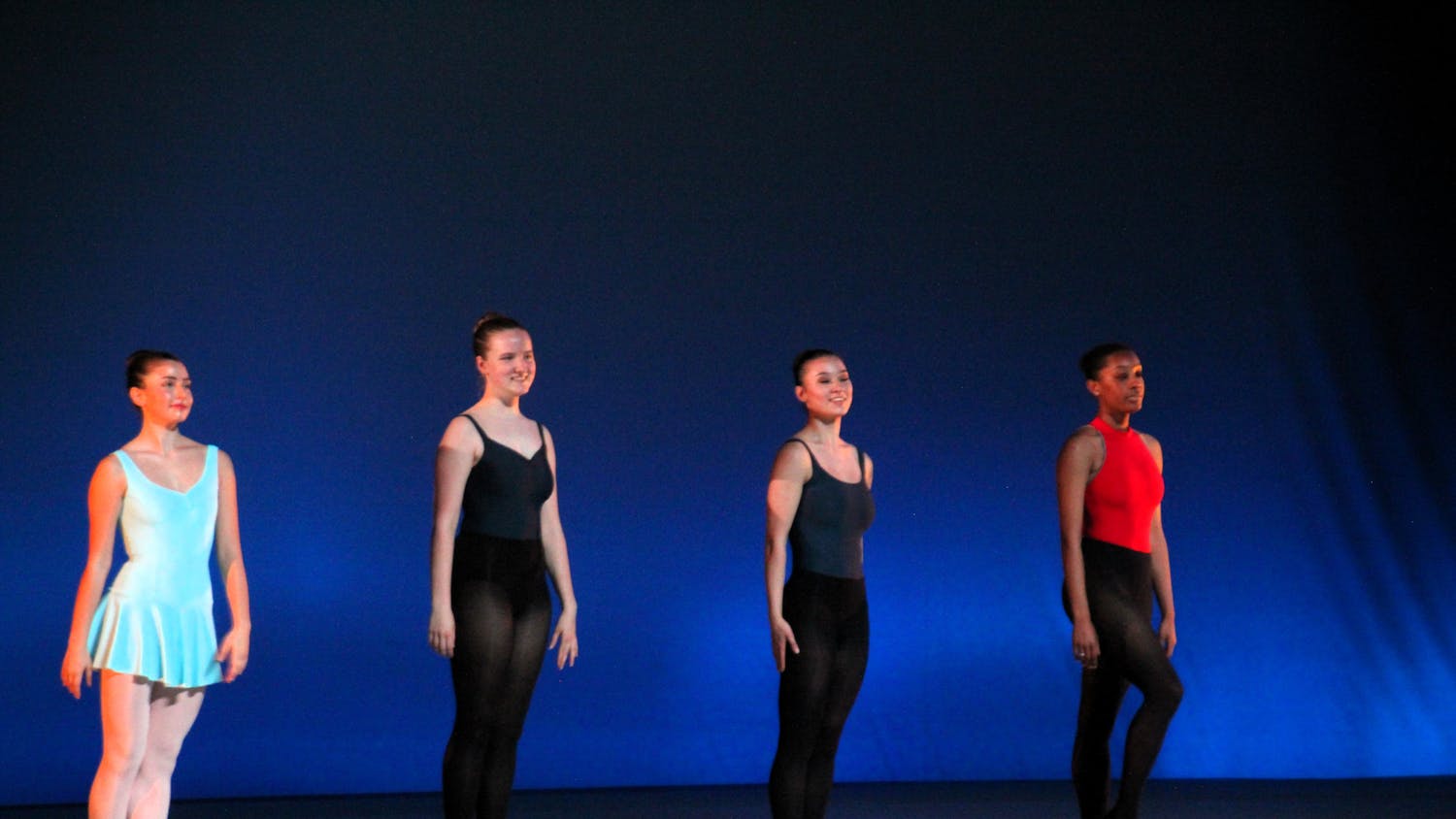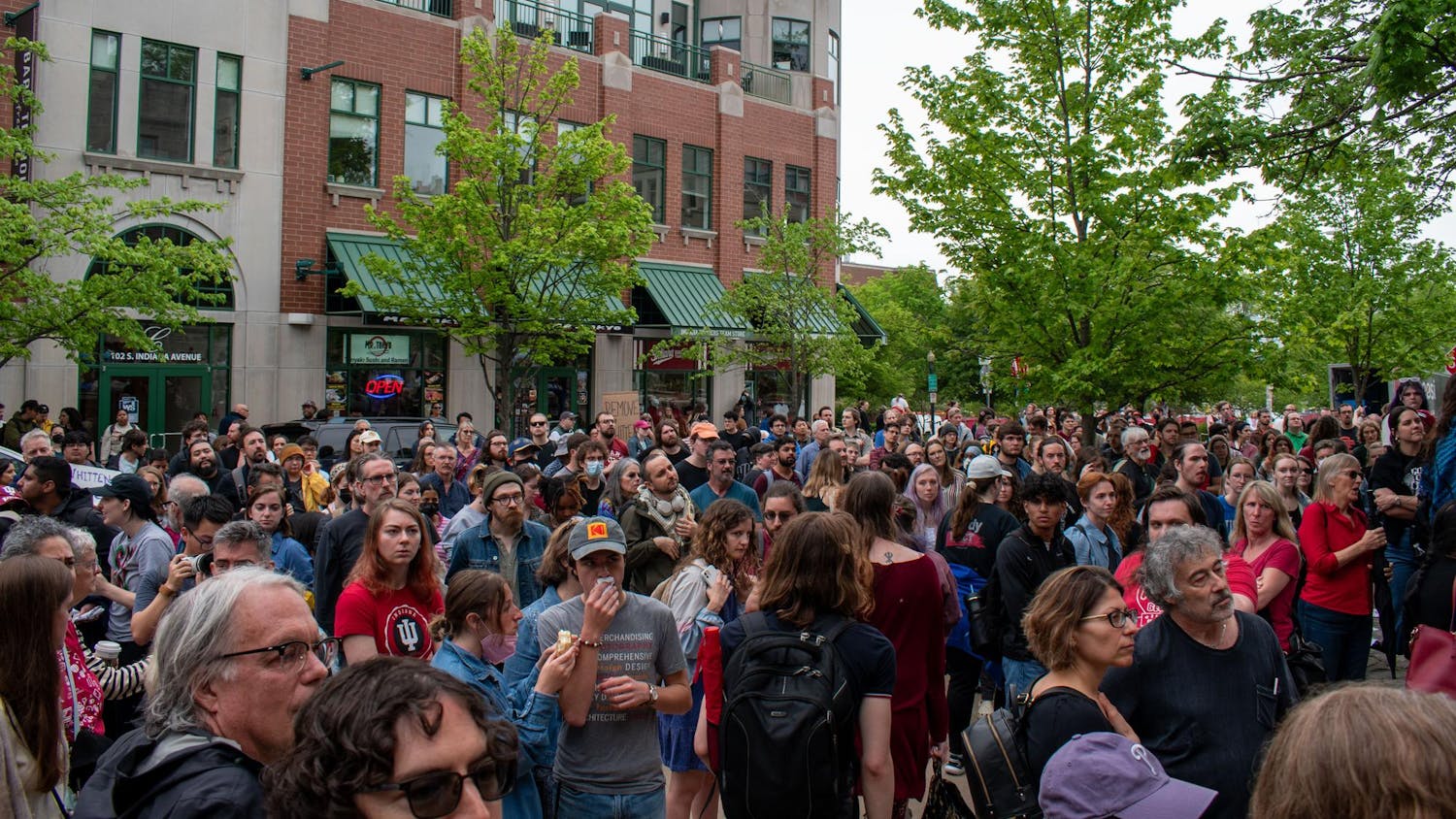Once upon a time, punk meant something to the world. It wasn’t a fashion trend or an over-glorified music festival or any of that commercial dribble.
It meant you fought like Pancho Villa and wrote like Voltaire.
Your parents hated it, and boy, did you love it. You were a rebel, through and through.
But for hundreds of years, there seemed to be no concrete moral center or heart to the subculture. It was scattered throughout the world among what appeared to be only a handful of people.
There was no clear way to identify a punk, and their involvement with art was minimal at best.
That was until 1973.
On the Bowery of New York City, 42-year old Hilly Kristal founded a small club called CBGB and OMFUG.
This Saturday will be the 10th anniversary of the closing of CBGB, and with a plethora of pop punk bands on the rise since then, you can truly feel the effect it had on the music world.
The letters of CBGB and OMFUG stand for “Country, Bluegrass, Blues and Other Music For Uplifting Gormandizers.”
What’s a gormandizer, you may ask? To put it simply, a gormandizer is an insatiable eater of, in the case of CBGB, music.
And that’s what the frequent attendees of the club did.
They gorged on that music like it was better than the most expensive cuisine a white-collared stockbroker could buy in Manhattan.
Kristal never did have many CBGB acts play at the venue, but it was the OMFUG bands that gave the club its legacy.
Punk’s very own mecca was finally realized.
There it was like some sort of world-destroying explosion. It was like when God said, “Let there be light,” in The Bible or when Rob Tyner of MC5 screamed, “Kick out the jams, motherfuckers.”
Suddenly, there was this colossal explosion of punks from around the world to celebrate their music.
What the Summer of Love gave to the hippies in 1969 was equally given by CBGB to the punks in the mid-’70s.
Just about every prominent punk rock and new wave group of the 1970s can attribute their popularity to their performances at CBGB. The Ramones, Blondie, The Police, Talking Heads, Television, Patti Smith, The Misfits, Joan Jett, et cetera.
Maybe you’ve heard of them.
In the 1980s, CBGB developed a more underground, hardcore reputation with groups like Agnostic Front, Sick of It All and Youth of Today becoming associated with the style of the club.
By the 1990s, the club regained its popularity when hard rock and punk once again entered the mainstream via grunge. Bands like Green Day, Guns ‘N Roses and Korn were suddenly headlining shows.
In its final six years, things really began to tone down with the club and became more prominent as a historical landmark like the Bowery’s very own Apollo Theater.
After a long and overly complex rent dispute, the club finally closed down in 2006.
Kristal died from lung cancer only 10 months after, as if CBGB was his only true lifeline connecting him to the world.
Since then, the legendary venue has become a menswear clothing store. Even as a lover of fashion, that makes me cringe.
But given that the entirety of pop punk — which I don’t hate, beside its misleading name — is based more on a predetermined look and attitude, it makes sense.
The punk movement isn’t technically dead, but as Dead Kennedys’ singer Jello Biafra said, perhaps it should die so it can be resurrected again.
Like a phoenix, this movement may rise from the ashes into its former glory. 2016 certainly doesn’t lack the anarchist climate.



